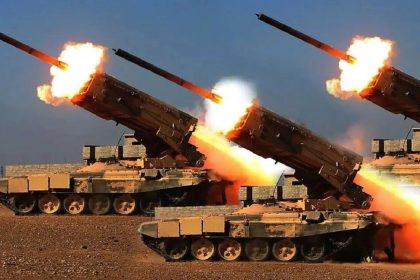Chinese researchers have obtained direct evidence that supermassive black holes play an important role in shaping the life and death of their host galaxy. According to a study conducted by Chinese and French researchers on 69 nearby galaxies, the central black hole of a galaxy can heat the cold gas around it and prevent the condensation and formation of new stars. Their findings show that the larger the black hole, the less cold gas there is in the galaxy.
“Cold gas is an essential raw material for star formation, and the bigger the black hole, the less cold gas there is in the galaxy,” Wang Tao, principal investigator from Nanjing University, told the South China Morning Post, according to Tecna Astronomy and Aerospace News Service. The study may explain why some galaxies have continued to grow for a long time, while others have been inactive and turned off.
David Albaz, one of the authors of the study from the University of Paris-Saclay, likened the phenomenon to placing a glass upside down on a candle. “After a few seconds, the candle goes out due to lack of air,” he explained. Likewise, a black hole prevents new stars from forming in the galaxy. Galaxies are the main components of the universe, each typically containing millions to trillions of stars, along with interstellar gas, dust, and a supermassive black hole at their center.
Scientists have long understood the relationship between the mass of a supermassive black hole and the mass of the stars in its galaxy. According to Elbaz, a black hole typically has a mass of about one-thousandth of all the stars in the galactic bulge, a region where star formation has long ceased. Astronomers suggested that the black hole might somehow prevent new stars from forming, but until now there was no direct evidence to support this theory. The new study focused on a particular type of gas called atomic hydrogen, which is a major component of the interstellar medium and the main material in star formation.
The study also found that the amount of atomic hydrogen in a galaxy is strongly related to the mass of the black hole at its center, not to factors such as the total number of stars or the size of the galactic bulge. Lead researcher Wang also explained that after removing the effect of the black hole’s mass, the correlation between the cold gas content and other factors was very weak. This suggests that the black hole mass is the most important physical parameter affecting the amount of cold gas in a galaxy.
Elbaz offered two possible explanations for this finding. First, the black hole may eject gas from the galaxy, although this is unlikely because many galaxies continue to form stars even with active black holes. A second possibility is that the jets of an active black hole heat the surrounding gas and prevent it from feeding the galaxy – a process known as galactic starvation.
RCO NEWS


















